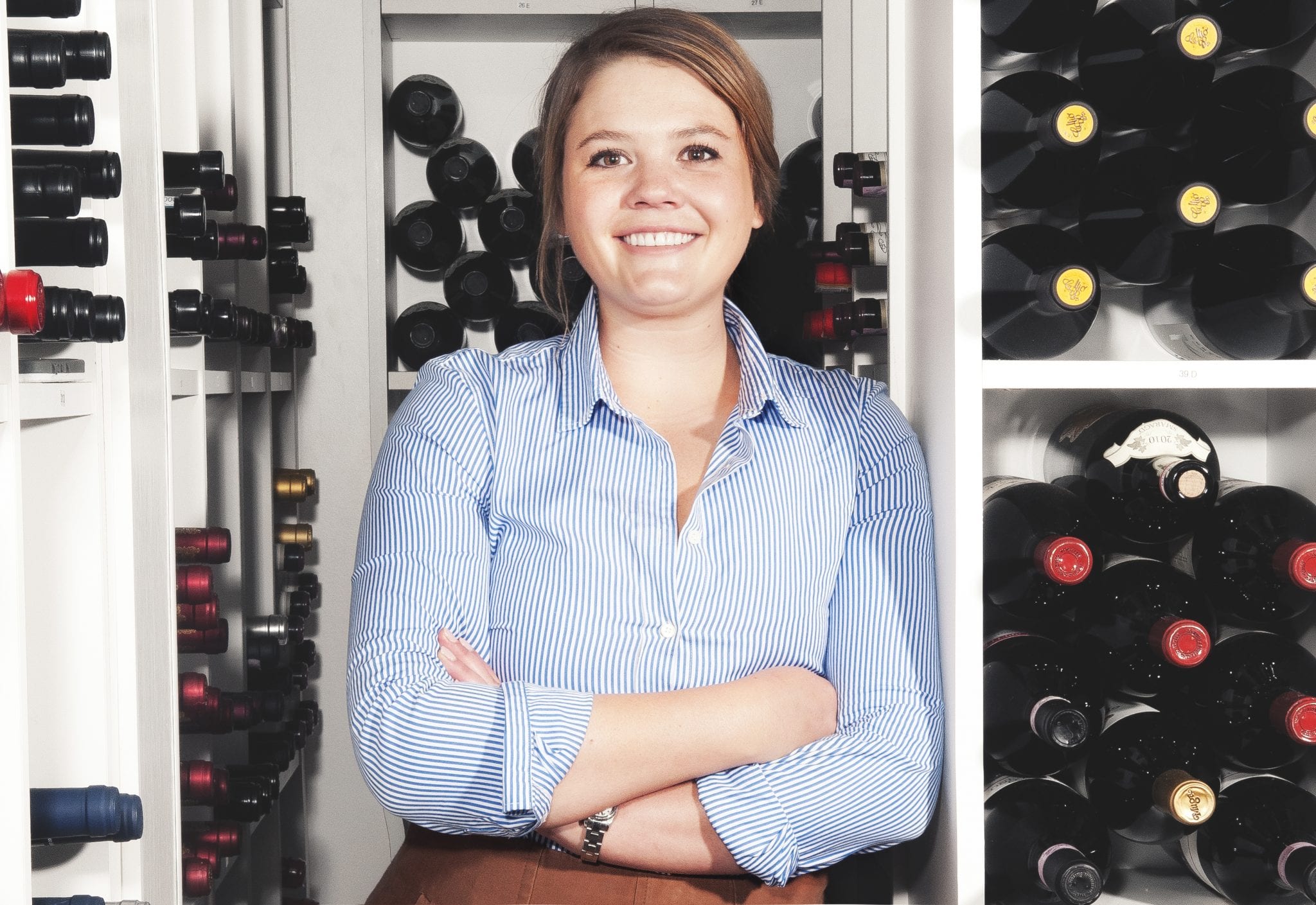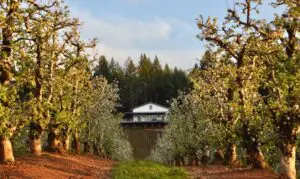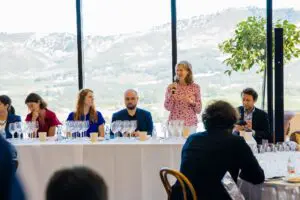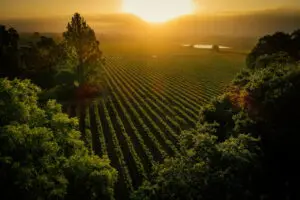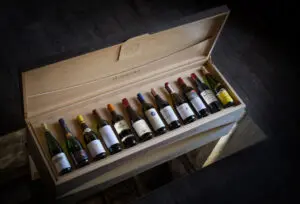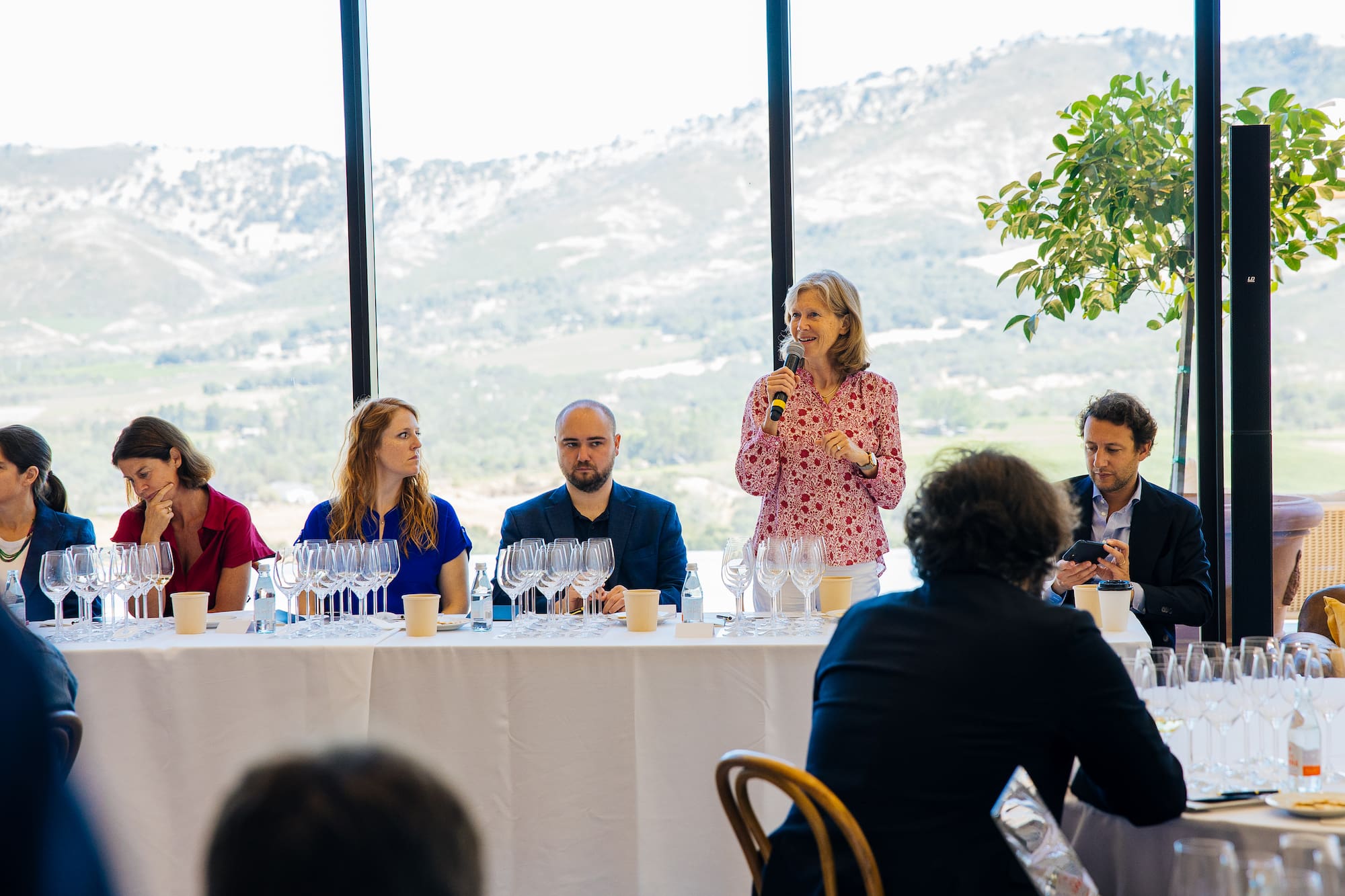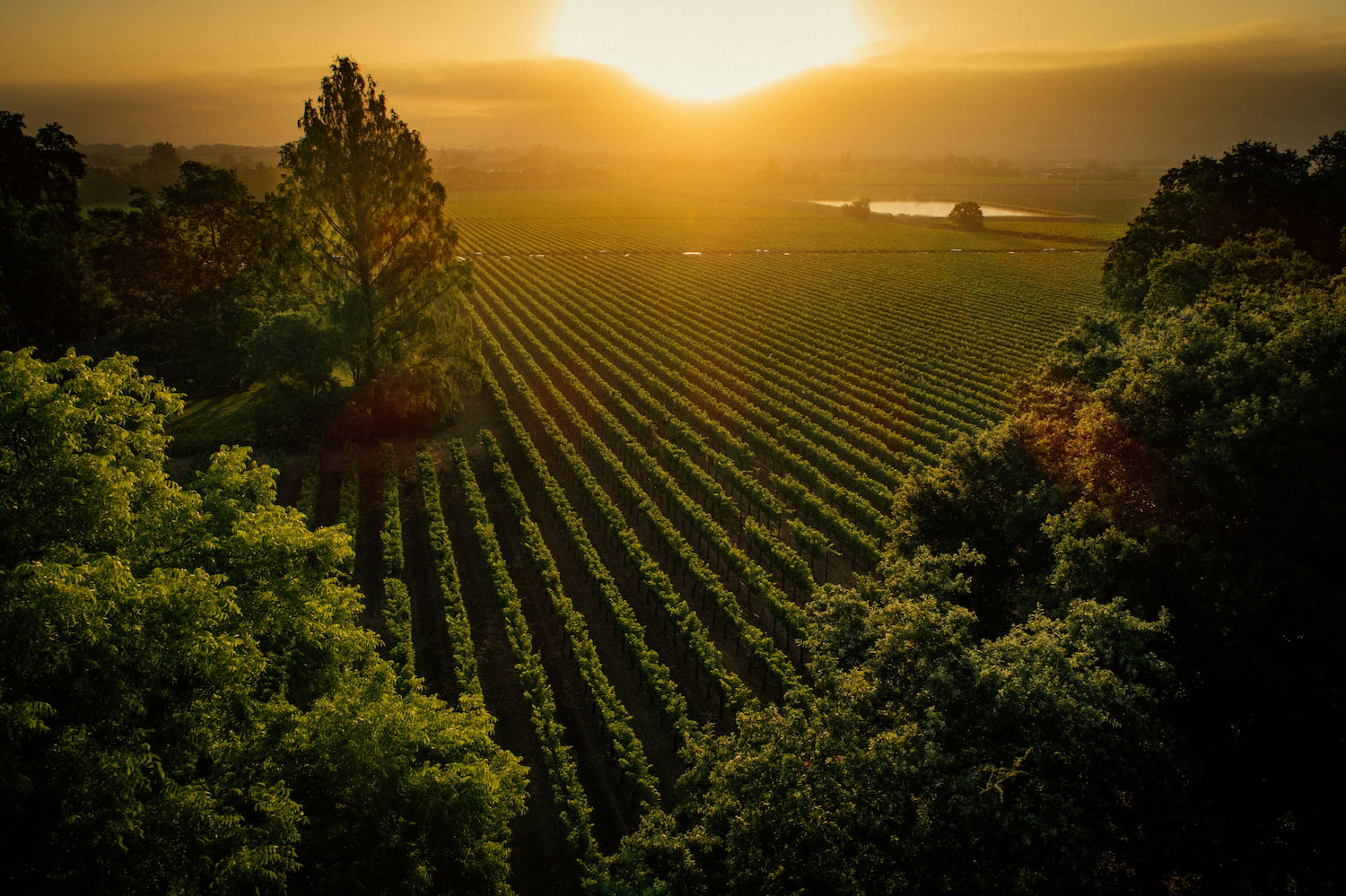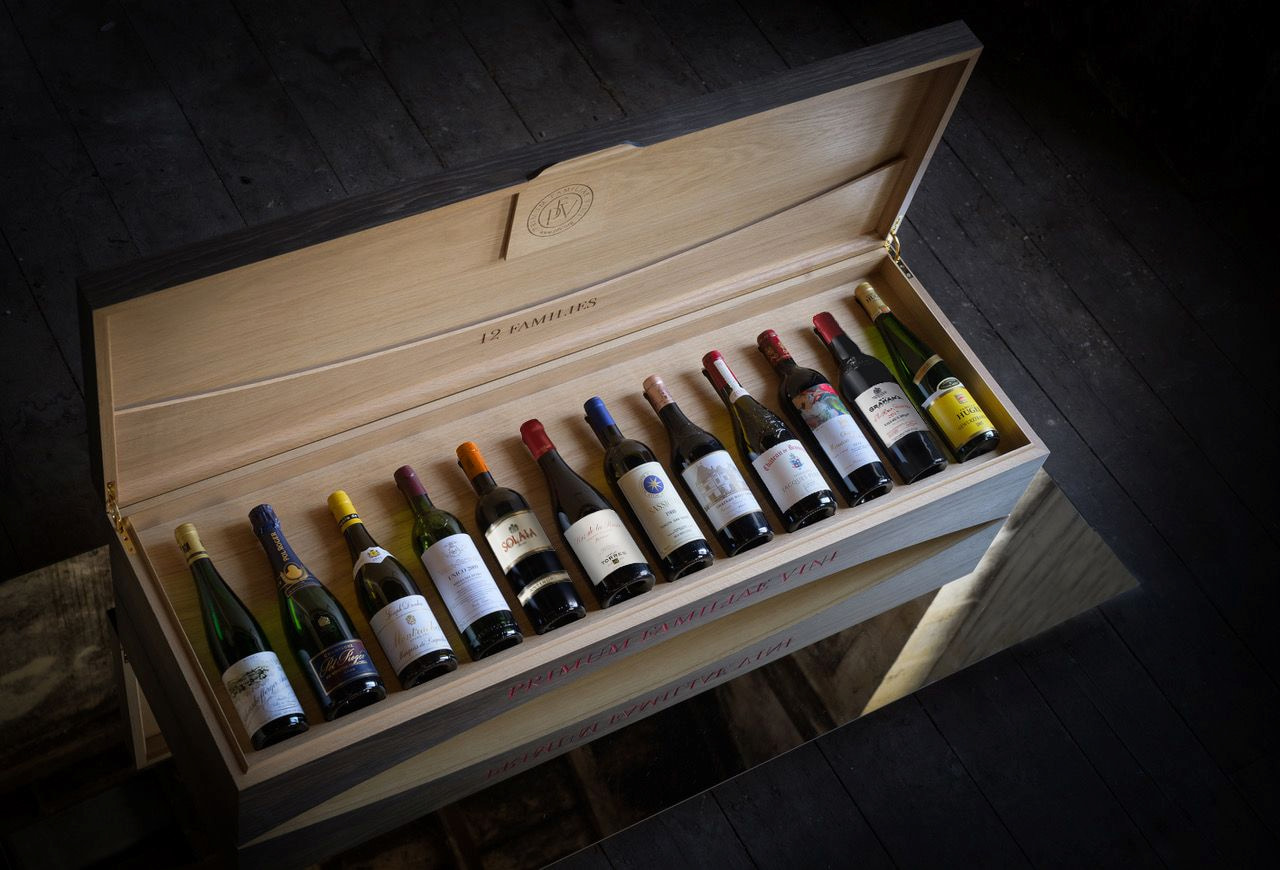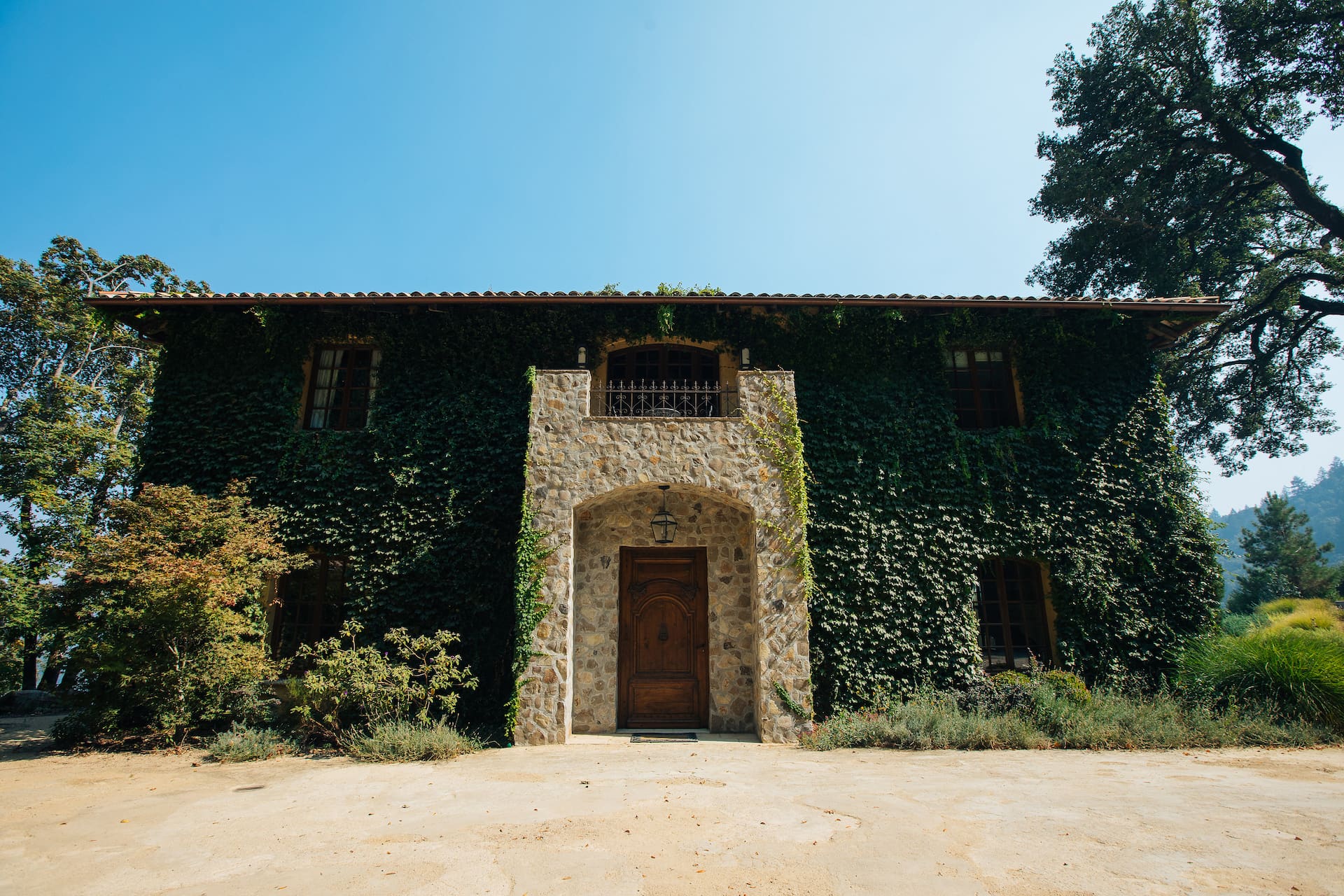Just like it takes a village to raise good citizens, it takes a village to create spectacular sommeliers.
Sure, somms spend most of their early days flipping pages and memorizing maps, but true wine education, the kind that lights up patrons at the table side or moves a few extra cases at the tasting room, can only be learned by experience.
For Carlin Karr, Advanced Sommelier and Wine Director for Master Sommelier Bobby Stuckey‘s Colorado-based Frasca Hospitality Group, that experience came first-hand from some of the most well-known names in the American wine scene. And it hasn’t stopped.
After graduating from the University of Colorado, Carlin moved to San Francisco to pursue a culinary degree. She quickly realized she didn’t want to be a chef, but when the curriculum turned to wine, she says everything clicked.
“I loved the geography and history and farming,” she said. “Everything that went into wine just fascinated me.”
She earned her Advanced CMS certificate while she was looking for restaurant jobs in the Bay Area, and while there weren’t many somm positions, she was able to land a meeting with two burgeoning restaurateurs, one of which she shared a mutual friend and alma mater.
“They were willing to hire me to be their wine director and general manager,” Carlin said.
“They took a chance on me. Amazing opportunity.
“We opened Sons & Daughters and it was an incredible experience. I pretty much lived there for a few years and it was my life.”
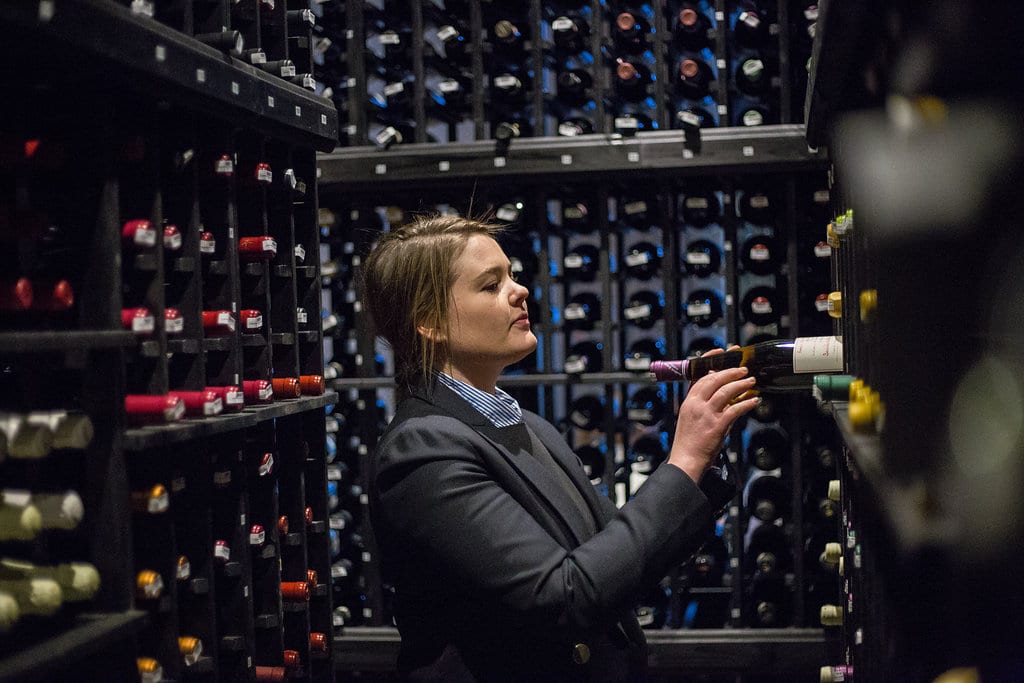
She said the restaurant shared a building with Master Sommelier Jesse Becker’s private residence, and he would blind taste her every Saturday.
Down the street was Masa’s, home to Master Sommelier Alan Murray, who would bring Carlin glasses of rare wines when they’d come into his restaurant.
Sommelier Rajat “Raj” Parr had just opened renowned RN74, and it quickly became a hub to wine directors and somms in the city. Carlin said he was famous for his late night tastings, going well into the early morning at RN74 and including dozens of wine directors and dozens of their select bottles.
“It was this incredible, electric time,” she said. “I learned so much, in such a short amount of time, because of the incredible generosity and spirit of that city.”
She said that electricity died off a bit when the tech bubble burst, but by then Jesse Becker, who’d earned his Master Sommelier distinction while working for Frasca, had put the bug in her ear to see what Bobby was building back in her home state of Colorado.
PROCESS OF ELIMINATION
Fast forward to now, and Carlin has been working for Frasca for more than eight years, working with Bobby and the rest of his team to help the restaurant group scale up to four restaurant brands across Colorado’s front range between Boulder and Denver.
Though she’s learned more recently about the business and about hospitality (Stuckey’s calling card), her wine education hasn’t slowed down. She’s helping aspiring somms to taste, and helping customers on a nightly basis to maximize their experience inside their restaurants.
“It’s very important for a sommelier to learn how to blind taste, I think,” Carlin said.
“There’s two camps today in the wine world, where one camp would say that it’s almost a parlor trick. But it’s about knowing why wine is the way it is, and factoring in everything that goes into wine.”
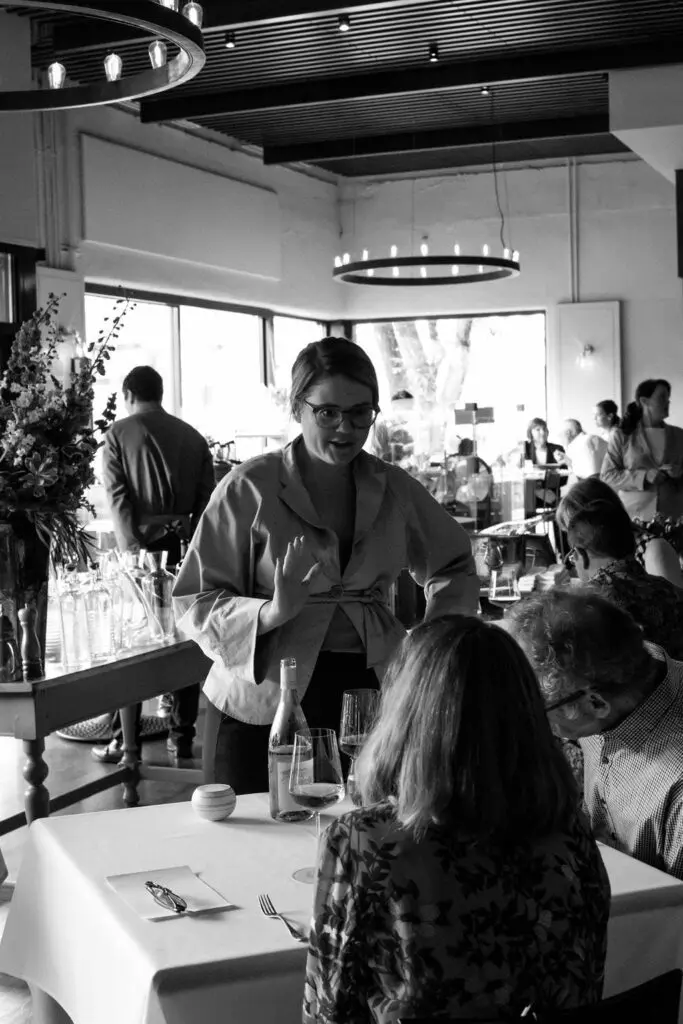
A handful of these factors, she said, include alcohol, sugar, skin color of grapes, why some wines are opaque or transparent, how certain types of oak might smell and more impact the drinkers’ experience. And blind testing is more about the power of reduction than knowing off-hand what every single varietal from every single region tastes like.
“It’s like being an athlete, training your palate,” she said. “The ability to focus, throw distractions out and to not be influenced by what others are saying.”
In the end, she says a blind taster just has to listen to themselves, recognize what’s not in the glass and narrow down the list of what it might be. Then trusting your palate.
Her culinary background gives her a unique perspective not only when tasting, but also when pairing and crafting a wine list for a new restaurant.
“For me, you cannot have one without the other,” she said, talking about food and wine together.
“They just compliment each other, and it’s all about thinking of them within the context of each other. Certain wines exist because of the food (that culture) eat, and vice versa.”
We’ve written about the ‘If it grows together, it goes together’ principal with Vince Anter, and Carlin gives another example of the south of France.
She said the heat and the water of the area would lend people to think about crisp, light whites that go down easy with a tan, but in fact those native whites are much heavier. One need not look any further than the tomato-focused cuisine of Provence to understand the textured whites the region produces.
SOUND AND NOT FLAWED
The natural wine movement, along with the ready-to-drink cocktail movement, are having an impact on the wine industry and the consumer in very different ways.
Consumers are leaning more toward what’s easiest, while the wine industry sits on its laurels and points to its sturdy foundation built by centuries of vintners and drinkers across the planet.
But, for sommeliers and restaurants, it’s complicating some of the expectations folks might have for a night on the town.
“‘Natural wine’ is, unfortunately, a term that doesn’t mean much,” Carlin said. “It doesn’t say anything about farming, but the average consumer thinks it means it’s a better product for them.”
She said choosing sound wines without flaws has been a focus as she’s training their somms to be prepared for these new questions, and whether they’re sourcing from Napa or the Rhone Valley, the story of the wine helps bring clarity to the muddy waters being churned up by competing marketing campaigns.
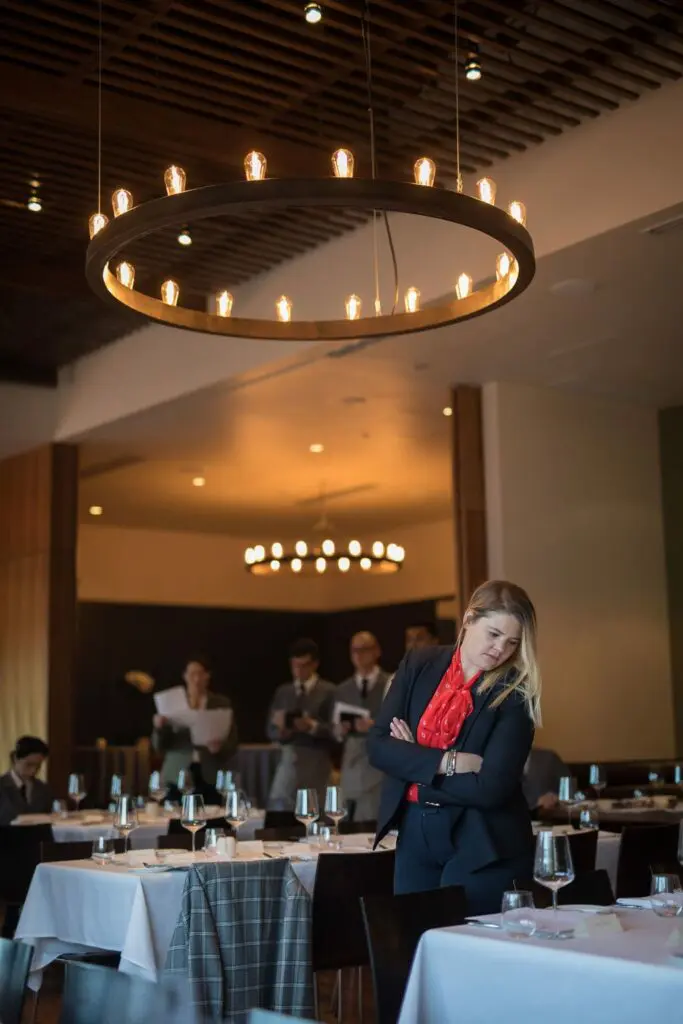
“To have a conversation table side about the difference between organic and biodynamic and various methods of farming isn’t realistic,” she said.
“I try to buy wines that are not garbage, that are farmed sustainably and where we know the producers. We know they’re doing the best possible thing.”
While it might be easy to head out to the local corner store and grab another case of seltzer, wine lovers know the difference between just drinking to drink and sipping to please the senses.
When introducing new drinkers to wine or sharing some of your recently-found favorites with friends, the company, the story and the setting have everything to do with that experience.
And if you’re worried about the naturalness of your wine, Carlin says stick to the classics. The best wines in the world always have been natural. Look to the Old World when you’re branching out, and be sure to always ask about the producers when you can.
So, whether you’re heading out for the night or visiting a wine shop to bring something home, Carlin sums it up best when it comes to helping you get the most out of your bottle.
“I think the job of the sommelier is to serve delicious wine,” Carlin said.
“To make people love wine and be really happy with the wine that they’re drinking, and to describe it well. The role of the sommelier is at the service of others, to be great at language, to set them up for a positive experience.”
A former newspaper reporter gone corporate, Evan's passion for premium content and wine found a perfect home with Monarch. He leads the content team and is always looking for great stories to showcase. Making his home in Denver, Colorado, Evan spends his time outside of work camping, hiking and skiing, pairing these outdoor adventures with fine wines from all over the world.
